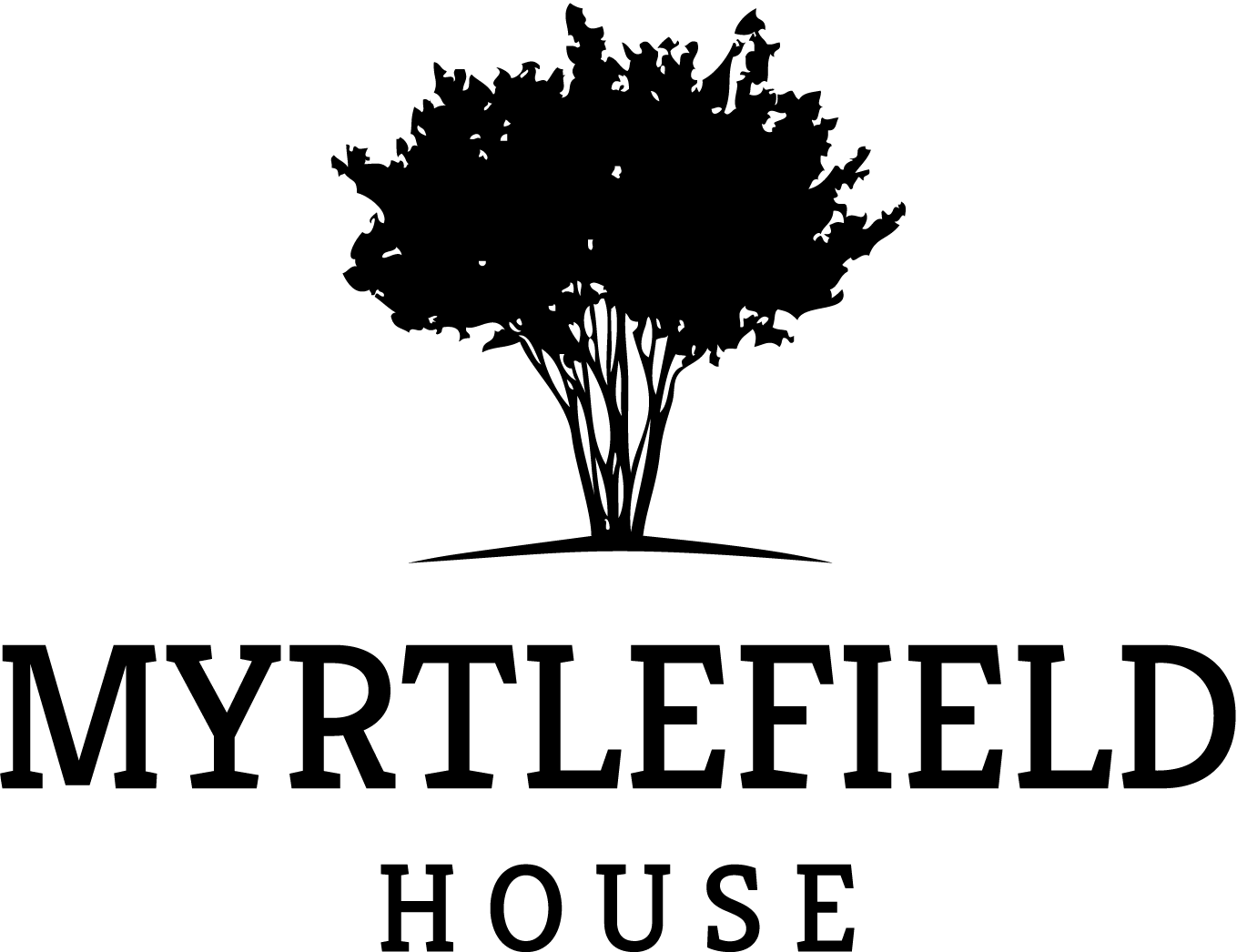What is the difference between pattern and structure?
This text is from a letter written by David Gooding in 2009.
You ask about the difference between pattern and structure. These terms mean different things to different people. I don't think that they have a meaning which all would agree upon.
For myself, I find it helpful to distinguish between what I call 'structure' and 'pattern'. Matthew's Gospel exemplifies the terms very clearly with the five well-known teaching units, each demarcated by the words, 'After he had finished saying these things'. It is, however, the fact that these teaching units come at the end of what is mostly narrative; and it seems to me that the narrative shares in the same themes as the unit of teaching that sums up each section.
For instance, the part of Matthew's Gospel that begins at Matthew 13:54 and ends at Matthew 18:35 indicates what one of its major topics is going to be: 'Whence has this man this wisdom and these mighty works. Is not this the carpenter's son?' (Matthew 13:54–55). In other words, the question that is going to be raised is, 'How does one explain the wisdom and the miracles of Christ, if he is merely the carpenter's son?' Accordingly, the question of the deity of Christ is subsequently repeated in this section: see Mat 14:33; 16:16; 17:5; and, by implication, Matthew 17:25–30.
Similarly, this section of Matthew points frequently to Peter, who was one of the first among the Twelve, as a result of his experiences, to confess Jesus to be the Son of God. See Matthew 14:28–33, which gives us what none of the other Gospels gives us: Peter's experience of walking on the water. See also Matthew 15:15; 16:16–20; 16:22–23; 17:4–5; 17:24ff; 18:21. These twin emphases on Peter and the deity of Christ are what I call a 'dominant theme' within this section. Doubtless, the deity of Christ is mentioned elsewhere in this Gospel; but if you tried to develop a structure of Matthew based on that, you would find it difficult to make out a case that this is Matthew's intended structure.
For instance, the section that begins in Matthew 11:2 and ends at Matthew 13:52 deals with the question of our Lord's attitude to the problem of evil. It starts with John's query whether Jesus was the Christ, or 'do we look for another?', prompted doubtless by the fact that Christ had made no effort to release John the Baptist, his official forerunner, from the prison in which Herod had put him. Indeed, though Christ answered John's query by pointing to his teaching and miracles, Christ continued to leave John in prison and allowed him to be executed. That raises very big questions: why didn't Christ intervene to stop Herod's evil intentions?
Chapter 12 explains Christ's deliberate policy. When the Pharisees took counsel against him about how they might destroy him (see Mat 12:14), Christ, instead of resisting them, withdrew and charged people not to make him known because, as Isaiah had pointed out, 'He shall not strive, nor cry aloud . . . a bruised reed shall he not break . . . until he send forth judgment unto victory' (Mat 12:19–20). Similarly, a group of parables in chapter 13 that brings this section to its end twice over refers to the phrase 'the tares are not to be plucked up until the harvest' (Matthew 13:30, 39–43).
In this section, then, unlike the one that begins at Matthew 13:54, there is not so much said about the deity of Christ, nor indeed about Peter. Therefore, if someone were to try to make the deity of Christ the key to the structure of Matthew, it would, in my terms, be a mistake; whereas, as you observe, the topic of the kingdom is everywhere talked about throughout the whole of the Gospel.
Your own summing up of the situation describes well what I mean by my terms structure and pattern: 'structure represents the divisions between the various sub-units with a piece of literature–-the parts which compose the whole. Pattern (or dominant themes), therefore, consists of various elements within that structure but not arranged in so "regular" or "ordered" a fashion.'
Your fellow soldier in Christ,


